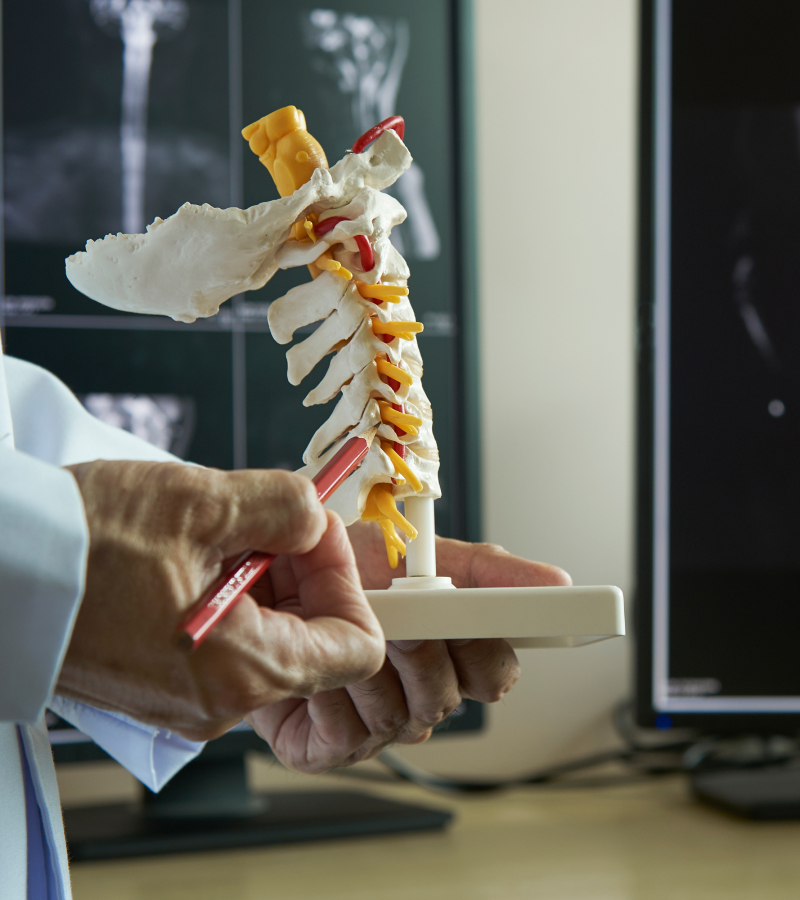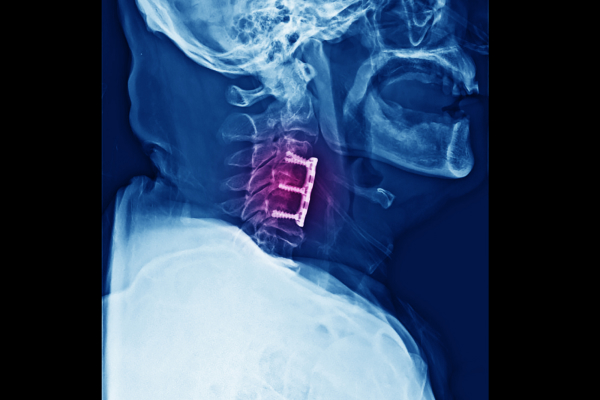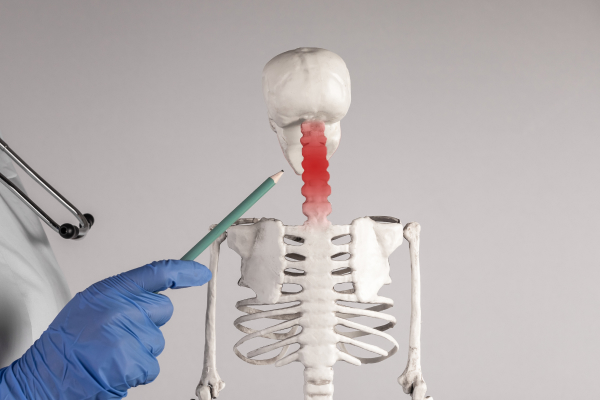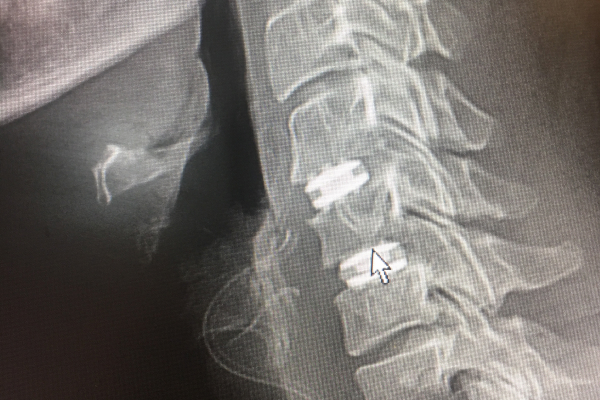Most cases of pain, numbness and weakness associated with cervical herniated discs will resolve with medication and physiotherapy. However, some patients may continue to suffer despite the treatment. In such circumstances, spine specialists in Bangalore at Spine 360 may suggest an anterior cervical discectomy and fusion or, in simple terms, a cervical disc surgery.
The surgery involves the removal of the herniated disc to decompress the spinal cord or nerve root to alleviate the radiating pain and prevent the condition from progressing to neurological conditions like tingling, numbness, and weakness radiating to the arm.




